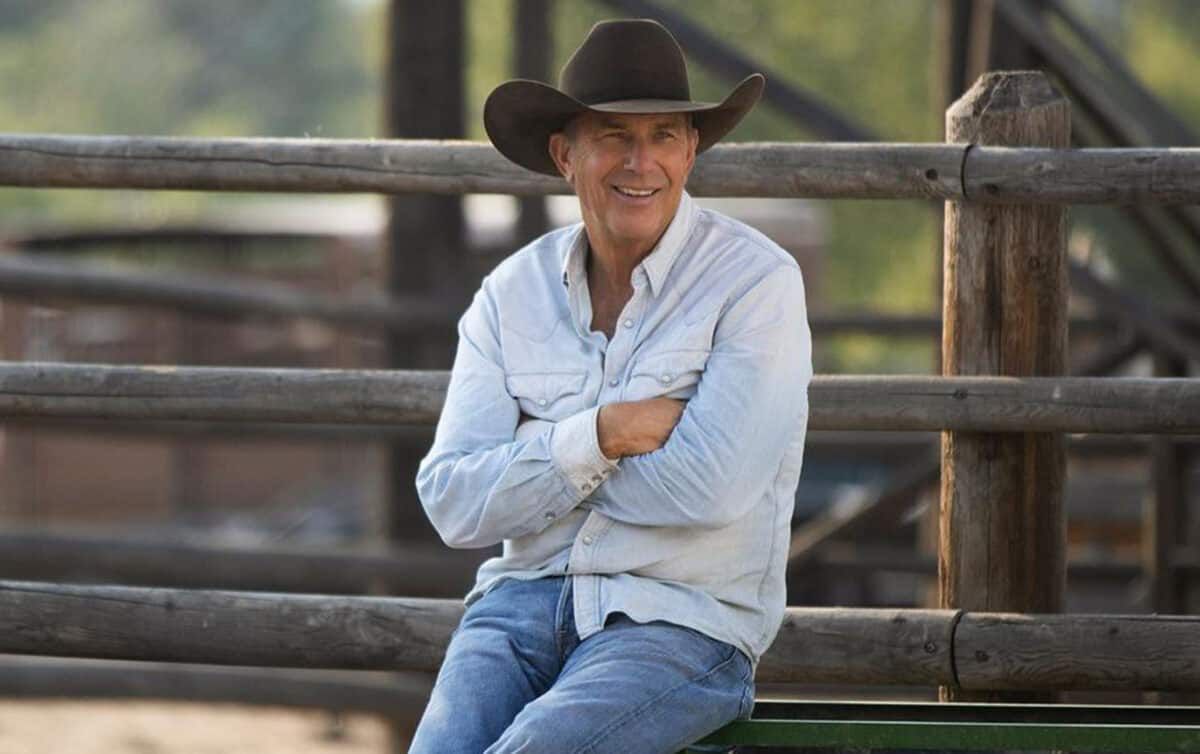Yellowstone is a hit show on the Paramount Network that has captivated audiences with its gripping storylines, stunning vistas of the Montana wilderness, and powerful performances by the show’s cast. But what lies behind the scenes of this wild western drama? In this blog post, we’ll uncover the real-life inspiration behind Yellowstone, explore the show’s impact on tourism in Montana, and discuss the real-life issues raised in the series. Join us as we dive into the world of Yellowstone and uncover what you don’t know about this hit show.

The Real-Life Inspiration Behind Yellowstone
If you’re a fan of drama, then you’ll love Yellowstone – the new drama series set in rural Montana. Based on the real life events that inspired it, the show follows the Dutton family as they run a ranch in rural Montana. The ranch is home to an expansive landscape and many of the scenes from the show were actually filmed on location in Montana.
While Yellowstone is fictional, it is based on real life events and has featured heavily in the series. For example, one of the main characters is named Cynthia Dutton – who is actually a real person! The series also features prominently Montana and its landscape, which has been accurately portrayed in the series.
Some of the issues explored in Yellowstone are common to ranchers across America – like invasive species and severe weather. However, some stories were invented for dramatization purposes (such as Cynthia Dutton’s involvement with land disputes between Native Americans and ranchers). Regardless of whether any particular story is based on reality or not, Yellowstone provides an interesting look at some of America’s real life struggles. It’s an entertaining show to watch whether you’re a fan of dramas or not!
BULD YOUR WEBSITE AT CHEAP PRICE!!
The Impact Of The Show On Tourism In Montana
The television show Wildlife Warriors had a significant impact on tourism in Montana and the surrounding states. Not only did it increase public awareness of the state, it also generated record numbers of visitors to Yellowstone National Park each year. The show gave insight into the wildlife, scenic vistas and local cultures of Montana. This increased interest in activities such as skiing, hunting, and fishing. It also promoted local events and attractions. In turn, this led to an increase in job opportunities in the hospitality industry as well as improved infrastructure in rural areas.
Now that the show is over, it’s important that we continue to promote Montana and its attractions to visitors who have been inspired by it. We need to ensure that we have better protection and conservation efforts in place so that our environment remains healthy and vibrant for future generations.
Kevin Costner Yellowstone what you don’t know
How The Series Changed Visitation Rates In Yellowstone National Park
The popular Yellowstone TV show had a big impact on the park’s visitation rates. In fact, the show has been credited with increasing the park’s popularity by 50 percent, which has raised concerns about overcrowding and overconsumption. Although some argue that the show provides a more positive view of human presence in nature, others argue that it gives viewers a distorted perspective of what human presence actually means for the environment.
While businesses near the park have seen an increase in economic benefits, this has come with concerns about increased traffic and congestion. As a result of these concerns, there are now calls for more protections for Yellowstone’s resources from government agencies. Ultimately, it will be up to viewers to decide how they want to view this series and its impacts on the park.
Real-Life Issues Raised In The Series
Yellowstone National Park is a beautiful place, and it’s home to a wide variety of wildlife. However, the park is also a symbol of conflict and tension between local communities and federal authorities. For example, the wildlife in the park faces challenges from both global warming and industrial development. Furthermore, conflicts between local communities and federal authorities arise due to issues like water rights and resource management. In this section, we’ll take a look at some of these conflicts in more detail.
First off, let’s discuss the wildlife in Yellowstone National Park. As you might expect, there are many different kinds of animals living in the park – from grizzlies to bison to elk. However, many of these animals face challenges from global warming and other environmental problems. For example, grizzlies are particularly threatened by climate change because their habitat is restricted to cold climates. And since most of Yellowstone’s area is now covered in dense forests or grasslands rather than ice fields, many wildflowers that grizzlies feed on have disappeared altogether.
Likewise, elk are struggling because they depend on grasslands for their food sources – which have largely been replaced by trees or shrubs as vegetation changes over time. This has led to clashes between ranchers who graze cattle on public land adjacent to the park and conservationists who want these ranchers removed so that elk can continue to survive unhindered by humans..
In addition to wildlife issues like this one, tourism has also had negative effects on the environment in Yellowstone National Park. For example, it has caused deforestation around popular tourist destinations like Old Faithful Geyser Basin or Mammoth Hot Springs. Moreover (and more controversially), tourists often leave behind trash that ends up polluting streams or Lakes within the park..
All things considered though, Yellowstone National Park remains an amazing place with immense natural beauty – even amidst all its conflict..
PROMOTE YOUR SPOTIFY MUSIC AT CHEAP PRICE!!!
Conclusion
“Yellowstone” has captivated its audience with its stunning vistas and gripping storylines. The show brings to life the real-life struggles of ranchers in rural Montana and shines a light on the complex issues around land disputes, climate change, and resource management. While “Yellowstone” has had a positive impact on tourism in Montana, there are also concerns about overcrowding of the park and overconsumption of resources. It is important to continue to protect Yellowstone’s resources so that future generations can enjoy this amazing place for years to come.
